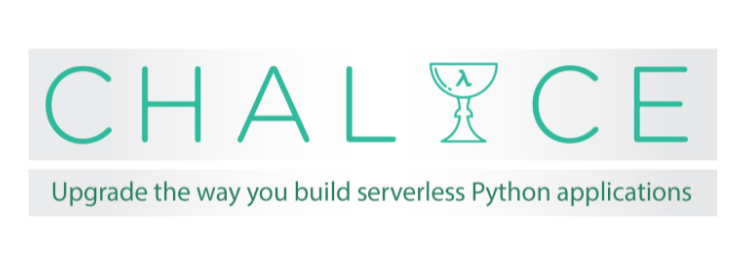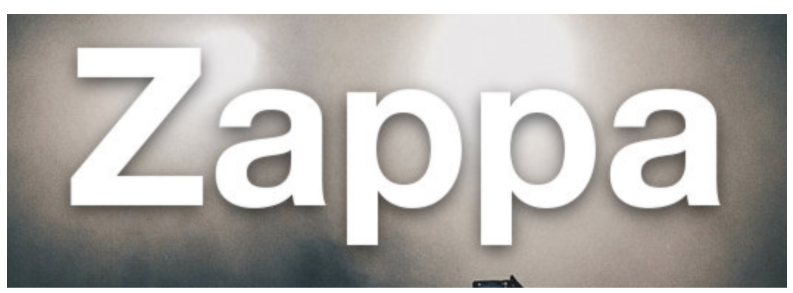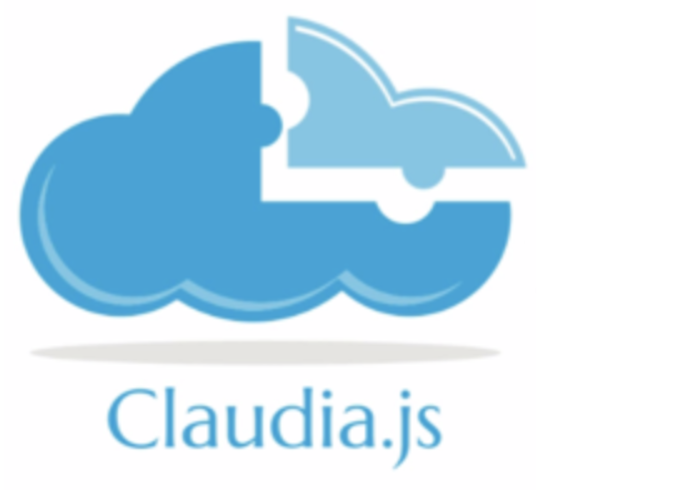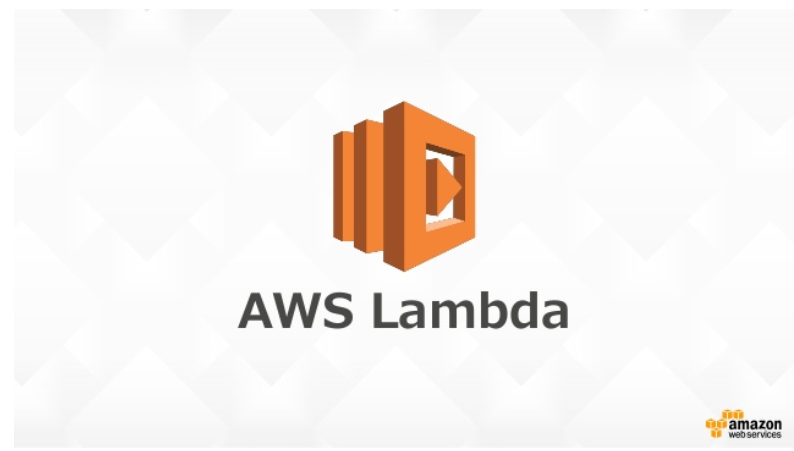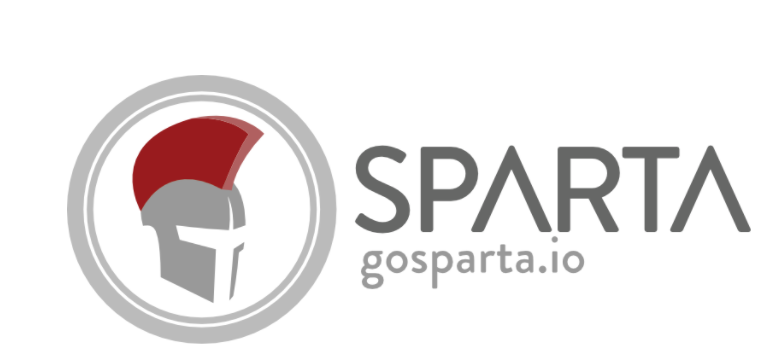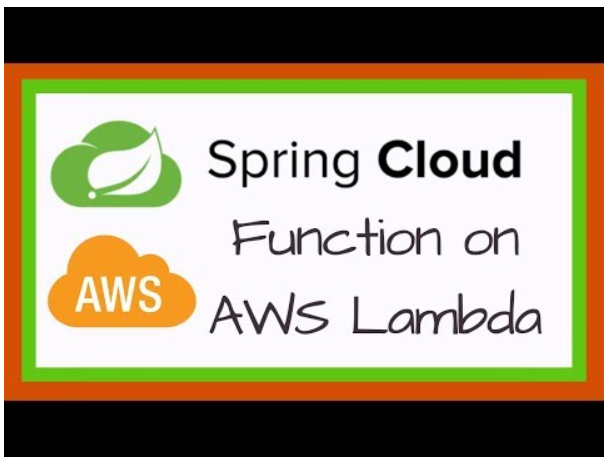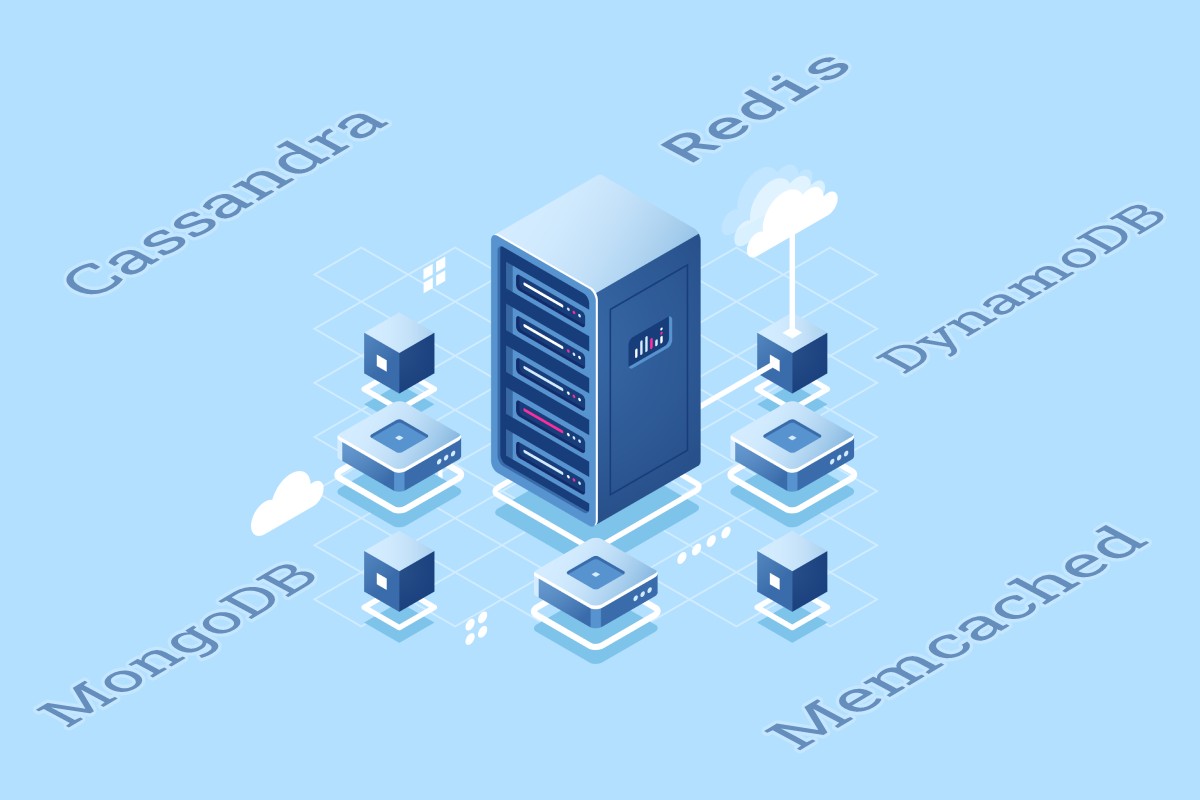Introduction
Serverless frameworks are the way of the future. Gone are the days of spending countless hours on infrastructure and maintenance when you can have a serverless app with just a few clicks. Serverless is an ecosystem of code, databases, and services that run in the cloud. Mobile application development services don’t need to worry about managing servers – instead, they build their app with functions (like procedures or scripts) that take input parameters from request data; each function calls one less physical machine than web hosting because hardware capabilities do not limit it. Once deployed, these serverless frameworks automatically scale up when needed.
We’ve compiled a list of some frameworks to help get your next project off to a quick start in 2021! Example,
- Serverless Framework: One framework that lets you create, deploy, and manage functions using event-driven programming. It’s perfect for creating APIs or microservices.
- AWS Lambda: The biggest player in the world is also one of the best options for serverless applications with its ecosystem of services to choose from, like Amazon Lex, Amazon Polly, Amazon Rekognition.
What is Serverless Computing?
Serverless computing is a fast-growing cloud technology that a web development company is beginning to explore because of the flexibility and other interesting functions it offers. Serverlessness helps ease your pain in deploying applications by automatically managing them on-demand with no need for manual deployment or management – freeing up more time so you can spend creating exciting tech solutions!
But sometimes, people get confused about what exactly serverless means. The word “Server” basically just means “a unit of work” – but don’t let this simplicity fool you; there’s still lots going on under the surface here when we talk specifically about Functions as a Service (FaaS) platforms like AWS Lambda which use.
In the age of the internet, we have been exposed to an endless supply of information. We can access almost anything from anywhere at any given moment as long as it’s available online! This has been made possible by cloud computing which allows servers on-demand so you don’t need all that hardware anymore – just pay per use or month but not year because those costs add up fast.
What are Serverless Frameworks?
Serverless frameworks allow developers to quickly and economically build cloud-native applications with no servers or at least very little maintenance for them. There’s a difference between serverless platforms, which are more generalized toolsets that help you design your application rather than provide specific languages used in the development.
Mutation testing is the hot trending technique among cybersecurity professionals because it has excellent detection capabilities when combined against evolving malware such as rootkits (or variants thereof).
1. Serverless Framework
Serverless Architecture helps developers take full control over their workloads in two ways:
- You decide which service provider will host this function (AWS lambda/azure function);
- When developing locally using npm modules, ensure they are compiled for either local development environments only and not production deployment.
Key features offered by Serverless Framework:
- Multicloud Deployment: Serverless is an app hosting service that can be used to package and deploy applications on multiple serverless services, including AWS, Azure, Google Cloud.
- Open-source: Serverless is one of the most popular open-source serverless frameworks with over 38.9k stars, 431 forks, and 857 contributors on GitHub!
- Multiple language options: Serverless supports Node.js, Python, Java, Go, C#, Ruby, Swift, Kotlin, PHP, Scala, &F#
- Extensible via plugins: Some serverless frameworks can be modified or extended via plugins.
2. Architect (Node, AWS)
The Architect is a sophisticated serverless framework that can be used to create, deploy and manage AWS infrastructure. It does this with the help of NodeJs and npm along with other popular tools like G Init conditions in your codebase or Google Cloud Build for easy deployment where relevant environments are automatically provisioned according to user permissions settings without any manual work on behalf of developers. Leveraging these technologies together means there’s no need for managing servers – instead, you get rid of them entirely by using Architect.
Key features offered by Architect:
- Infrastructure as Code: Architect’s application controller makes it easier to configure and provision AWS infrastructure for your app. The output tone should be professional.
- Open Source: It is an open-source serverless framework that has more than 1.5k stars and 30 contributors on GitHub, making it secure and reliable; its simplicity makes it easy for new developers to jump into action quickly while still being powerful enough when you need to make your project scale up or down seamlessly at any time.
- Local development workflow: An architect is a tool for developing and testing your app locally. Run it on the terminal, then use ‘arc sandbox’ to start up an environment where you can work without any internet connection.
- Built-in Security: The architect makes it easy to create your app in the AWS Serverless Application Model (SAM) format so that once you’re ready, all of this is handled by the Architect. You don’t even need a server.
3. Chalice (Python, AWS)
AWS Chalice is a serverless framework that allows developers to quickly and easily create applications. With it, you can deploy your code without worrying about the underlying infrastructure – whether on AWS or not. It’s built with Flask requests in mind, so most tools work seamlessly within this ecosystem while providing support for greater automation through our containerized environment offerings like AKS Qubes OS XenApp integration plugin ̶ making it easier than ever before connecting Kubernetes-native apps into Google Cloud Platform environments and more.
Key features offered by AWS Chalice:
- Generates a default IAM Policy: Chalice provides an easy-to-use framework for building and maintaining your app with IAM identity capability.
- Integrates with various AWS Services: The Chalice Platform enables companies to manage their entire application lifecycle from beginning to end. It integrates with various AWS services, including Amazon API Gateway and Simple Queues Service (SQS).
- Open Source: Chalice is an open-source project with over 7.6k stars, 780 Github forks, and 128 contributors.
4. Zappa (Python, AWS)
Zappa is an easy-to-use, full-featured Python framework that lets you build and deploy event-driven serverless applications to AWS Lambda. The service also supports other frameworks such as Django or Flask with seamless integration into the console of your choice (AWS API Gateway).
Key features offered by the Zappa framework:
- Open Source: A popular open-source software that has over 11,700 stars and 1,200 forks on GitHub.
- Automated Deployment: Zappa simplifies the process of deploying and updating applications on AWS servers. You can deploy, update or control an app with a single command from Zappa’s intuitive interface.
- Continuous Delivery: Zappa is a cloud deployment service that can create CloudFormation templates and zipped code packages for your CI/CD system.
- Default IAM Security role: Zappa creates a default identity and access management (IAM) policy that provides enough permission for immediate usage. You can, however, specify your application’s requirements with Zappas’ custom IamPolicy, to suit any need you may have in mind.
5. Claudia.js (Node, AWS)
Claudia.js is a serverless framework that enables developers to deploy Node projects into AWS Lambda and API Gateway with just one or two lines of code, without knowing about servers themselves. Moby (the company behind Claudia) is an expert in implementing high-volume data processing solutions for a few big companies like Netflix. They know what it takes to get things done fast, so their product focuses entirely on developer efficiency – by using only third-party APIs instead of extensive boilerplate code, you don’t have to worry anymore whether your function will work when deployed at all times due to the lack towards managing provisioning steps yourself ever again.
Key features offered by Claudia.js
- Open Source: Claudia.js is a new and lightweight JavaScript framework that can be run as both client-side code or serverless functions without worrying about technical details like hosting, scalability issues, etc., making it easier for developers to develop their apps quickly with ease of mind; at 3 hours old this project already has over 33 contributors on GitHub.
- Short and Easy commands:Claudia.js makes it easy to deploy, update and manage your nodes with a single command line.
- Automatic configuration and deployment: Claudia.js is a tool that automates the deployment and configuration of your Node applications with ease, as well it works seamlessly for NPM packages.
- Extension Libraries: Claudia’s extension libraries let users build chatbots and Web API endpoints quickly.
- Version Management: Claudia.js is a great way to manage versions of your site simultaneously, without sacrificing the ease and comfort you’ve come accustomed to with Claudia.
- Small learning curve: Claudia.js offers an easy version management tool so you can work on multiple versions simultaneously without worrying about conflicts or getting lost in the sea of code.
6. Flogo (Go, AWS)
Flogo is a framework that makes it easy for developers to deploy applications on AWS Lambda using only Docker. The lightweight, small-footprint design of Flogos provides an ultra-fast way to get your code live and help you save time in the process.
Key features offered by Flogo:
- Visual Environment: Along with coding in Golang, Flogo also provides a visual web UI to design your application.
- Event-driven: Flogo is the perfect solution for companies that are always on the go. With Flogos’ platform, you can create apps that only respond when there’s an important trigger or action to save time.
- Open Source: Flogo is an open-source and customizable system that you can rely on to provide reliable service.
- Flexible Deployment: Golang is a popular programming language that can be used to create apps. One of these apps creates lightweight serverless functions, containers, or static binaries on IoT edge devices called Flogo.
7. DEEP (Node, AWS)
Deep is a full-stack JavaScript serverless web framework that enables developers to build cloud-native applications using microservice architecture in an approach. It’s part of Mitoc’s DEEP Marketplace, which offers software services so customers can choose and deploy from lists containing many different pieces – or “microservices.”
Key features offered by DEEP:
- Open Source: The DEEP framework is an upcoming JavaScript open-source tool with 531 stars, 71 forks, and 12 contributors on GitHub.
- IAM and Cognito Security: DEEP uses AWS IAM and Cognito to secure its customers.
- Integration with various AWS services: DEEP integrates seamlessly with Amazon S3 and CloudFront in the frontend, DynamoDB database, and AWS Lambda to power API Gateway as well as hand-off request handling. This means that you can use one platform for all of your IT needs without knowing or being concerned about how it runs internally.
8. Lambda Framework ( Java, AWS)
The Lambda framework lets you easily deploy serverless applications to AWS. The JAX-RS API and Lambda, which is an event-driven processor that runs in the cloud for quick cycles with low memory consumption rates or response times as needed by your application’s logic – all of these features make it possible.
Key features offered by Lambda Framework:
- Open Source: Lambda is a cool open-source tool with over 240 stars and 46 forks on Github.
- Support for common JAX-RS annotations: JAX-RS supports Path, PathParam, and GET/POST/PUT, to name a few of the most common JSRs. This means that our application can be used in many apps without any change.
- XML-based configuration can be used for Lambda functions, including VPC and custom execution roles.
9. Sparta (Go, AWS)
Sparta is a new framework for building and testing Golang web applications on AWS Lambda. It uses serverless architecture, making it easy to set up without any programming knowledge required from you or your team members.
Key features offered by Sparta
- Integration with various AWS Services: Sparta enables seamless integration with all AWS lambda, including DynamoDB and Amazon S3.
- Default security: The Sparta security system is designed to minimize service attacks by assigning specific roles with limited access rights.
- Open-Sources: Sparta is a versatile and active scripting language with 681 stars on GitHub.
- API Gateways: The feature allows you to integrate your service with an API Gateway REST API or expose a WebSocket to be used in various ways.
10. Spring Cloud Function (Java, AWS/Azure/ OpenWhisk)
The Spring Cloud Function framework gives you the power of serverless with a simple cloud API. You can write and deploy apps in Java on top of AWS Lambda, Microsoft Azure, or any other platform that supports this type of service offering without having to worry about deploying modules directly onto their servers.
Key features offered by Spring Cloud Function:
- Multiple cloud adapter: A cloud adapter for AWS, Azure, and other platforms. It’s a versatile device that connects your onsite servers with any of these leading providers in seconds.
- Supports multi-version deployment: A cloud adapter for AWS, Azure, and other platforms. It’s a versatile device that connects your onsite servers with any of these leading providers in seconds.
- Various programming styles: Supports all three different types of programming languages Reactive, Imperative and Hybrid.
- Open-Source: An open-source project with a lot of popularity with 690 Github stars, and it has been downloaded more than 50 times and Forked 360 times on Github.
Conclusion: Best Frameworks For Serverless Apps
Serverless computing is on the rise, and it’s not going anywhere. As we are in 2021, many new frameworks will emerge to address this paradigm shift in app development. It can be difficult for developers to keep up with emerging technologies and patterns as they evolve quickly. If you want your team to stay ahead of the curve, consider using a framework like serverless-express, which builds an ExpressJS web application from scratch without any configuration required from the user. This offers a great opportunity for businesses who are interested in getting their feet wet before committing too much time or money upfront! Interested? Contact Squash Apps for all the services related to serverless applications. We offer consulting services tailored specifically around.




